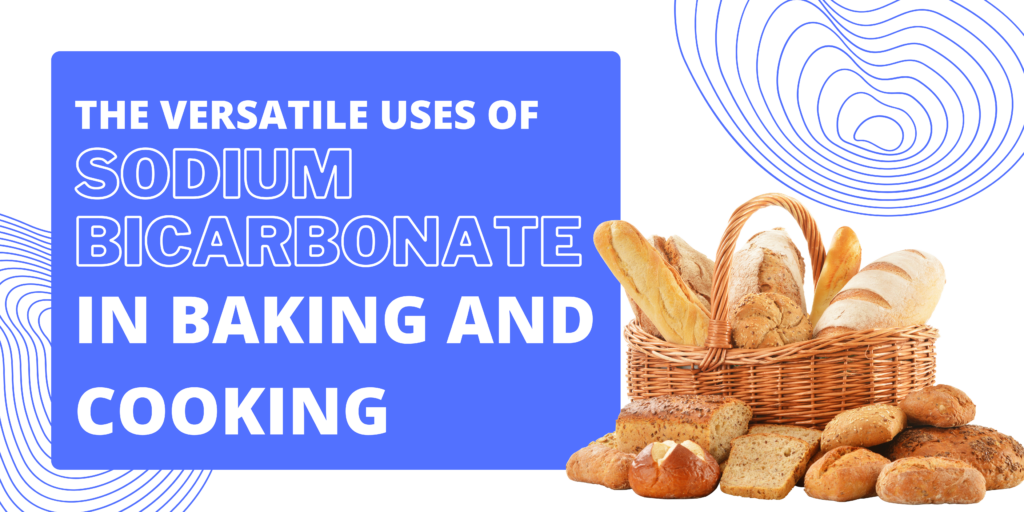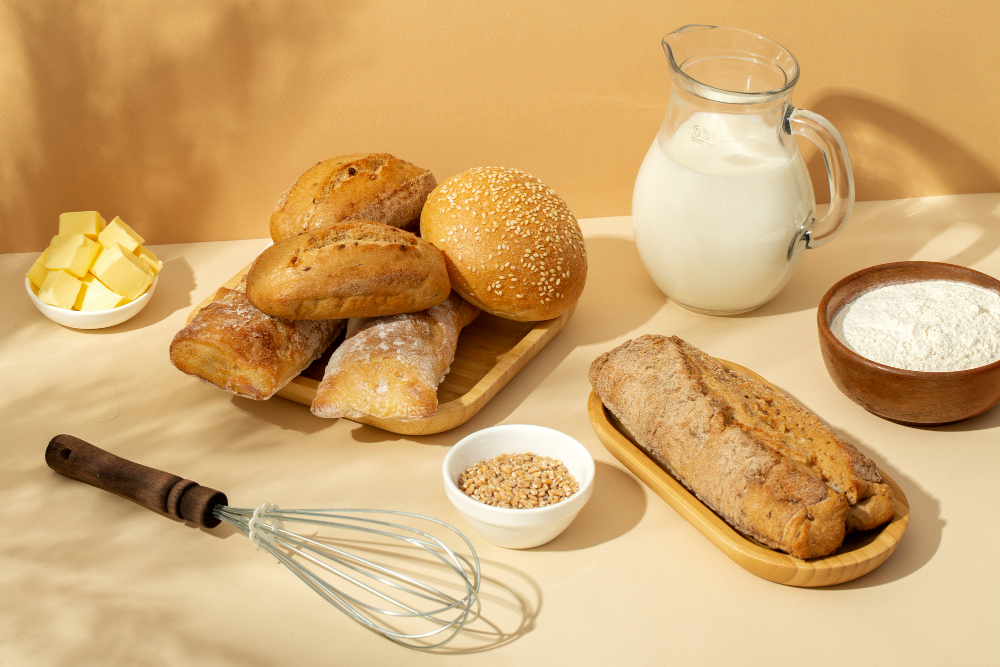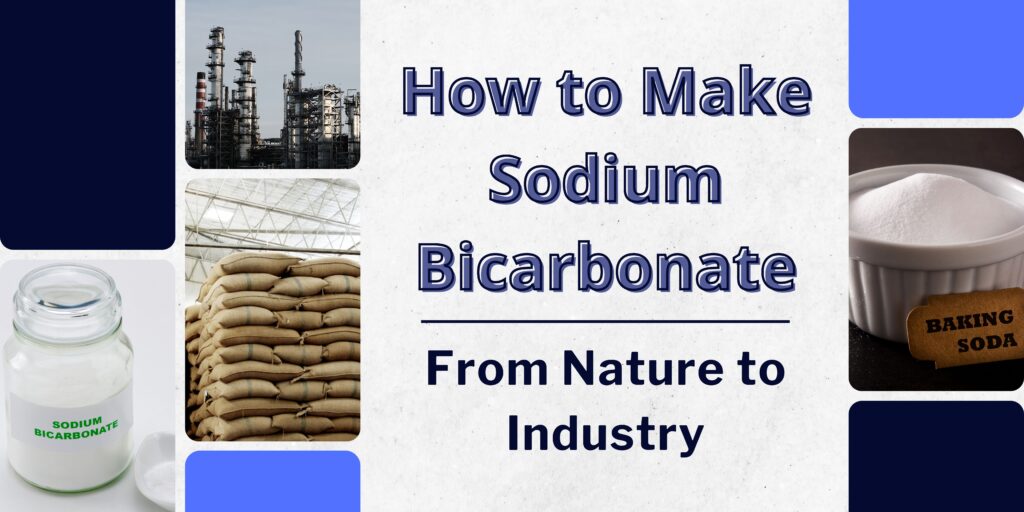Table of Contents:
The Science of Sodium Bicarbonate’s Leavening Ability
Quick Bread and Cakes Using Sodium Bicarbonate as a Key Ingredient
Sodium Bicarbonate in Cookie and Biscuit Recipes
The Effect of Sodium Bicarbonate on Browning and Maillard Reactions
The Culinary Techniques Enhanced by Sodium Bicarbonate

Introduction
Sodium Bicarbonate (sometimes called baking soda) is one of the most versatile substances in the world. It’s been around for thousands of years, and it’s been a part of our cuisine for centuries. Whether you’re an experienced baker or just want to know more about this amazing ingredient, you’ve come to the right place.
While baking soda is responsible for the release of carbon dioxide gas from a chemical reaction, it’s not the only ingredient that’s important for baking and cooking. In this article, we’ll take a closer look at the various ways in which Sodium Bicarbonate can be used in your kitchen. We’ll look at how it’s used in baking, cooking, and beyond, from its role as a laverer to how it can improve taste and improve your cooking skills.
The Science of Sodium Bicarbonate’s Leavening Ability
Sodium bicarbonate acts as a leavener when mixed with acidic ingredients like buttermilk, yoghurt, or vinegar. This reaction produces carbon dioxide gas, which causes bubbles in the batter. As a result, the batter rises and becomes lighter in texture. Since the reaction occurs shortly after mixing, it’s important to bake the batter for the best results. Understanding the physics of baking can help you get consistent and desirable results in your recipes.Quick Bread and Cakes Using Sodium Bicarbonate as a Key Ingredient
For their distinctive light and fluffy texture, quick breads such as muffins, pancakes, and scones rely significantly on sodium bicarbonate. Because sodium bicarbonate provides instant leavening power, these batters rise quickly, resulting in soft and moist baked items. Similarly, the leavening effects of sodium bicarbonate contribute to the light and delicate crumb structure of cakes.
Sodium Bicarbonate in Cookie and Biscuit Recipes
While baking powder (or a blend of baking powder and baking soda) is often used in traditional biscuits and cookies, it is also used as a leavener on its own. The alkaline nature of baking soda, combined with the acidic ingredients in recipes, creates air pockets that give the cookies a nice, crunchy texture.The Effect of Sodium Bicarbonate on Browning and Maillard Reactions
Apart from its leavening properties, sodium bicarbonate plays an important role in browning and flavor development in some baked goods. When heated, sodium carbonate triggers the Maillard reaction, a chemical reaction that gives baked goods like bread crusts or cookies their golden brown hue and rich flavors.
The Culinary Techniques Enhanced by Sodium Bicarbonate
Beyond its leavening and flavor-enhancing properties, sodium bicarbonate finds applications in various culinary techniques. Let’s explore some of these techniques:
a) Tenderizing Meat: Sodium bicarbonate can be used as a tenderizing agent for tough cuts of meat. Creating an alkaline environment helps break down proteins and connective tissues, resulting in more tender and juicy meat.
b) Vegetables: Sodium bicarbonate can be used when boiling vegetables to preserve their vibrant color. Adding a small amount to the cooking water helps maintain the natural pigments, resulting in brighter and more visually appealing vegetables.
c) Beans and Legumes: By reducing the texture of dry beans and legumes, sodium bicarbonate helps minimize cooking time. It can also help to reduce gas-producing chemicals and make them more digestible.
d) Egg Preparation: Adding a pinch of sodium bicarbonate to the boiling water while preparing hard-boiled eggs might aid in peeling by raising the pH and releasing the eggshell membrane.
Additional Uses for Sodium Bicarbonate in the Kitchen
Sodium Bicarbonate can be used in the kitchen in many different ways. For example, it can be added to tomato sauce to reduce the acidity by a pinch. It can also be used for cleaning and deodorizing the cutting board, sink, and kitchen tools. In addition, it can be used in conjunction with water to remove surface contaminants from fruit and vegetables.Conclusion
Sodium Bicarbonate (SBC) is one of the most versatile ingredients in the world. It is used in baking and cooking in many different ways, from its essential leavening role to its role in flavor enhancement and cooking techniques. Understanding the science behind its properties empowers home cooks and professional bakers alike to create delicious and well-textured culinary creations. So, embrace the power of sodium bicarbonate and let it elevate your baking and cooking endeavors to new heights of flavor and creativity.




